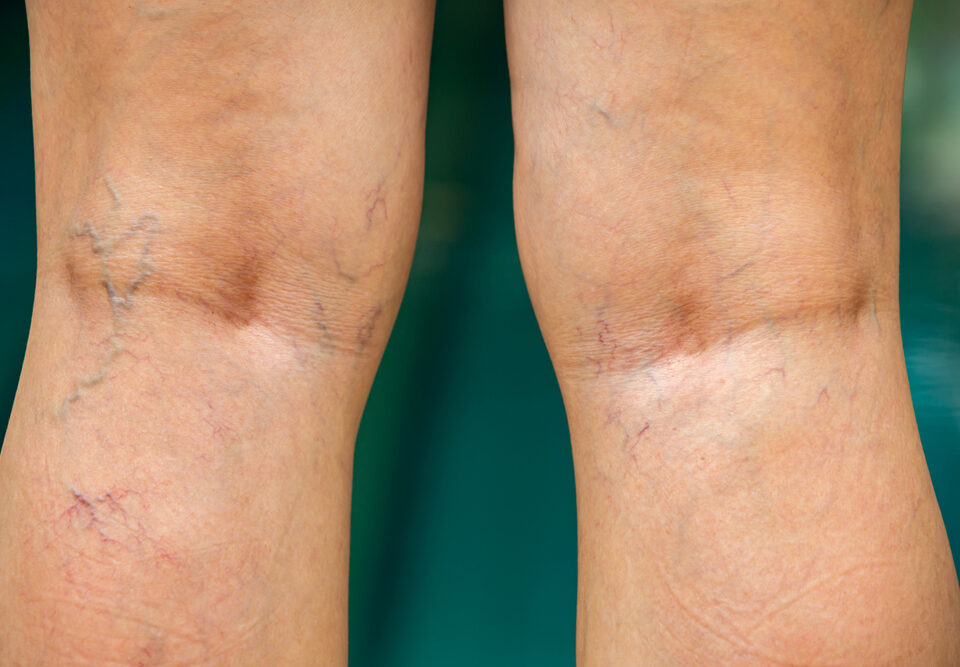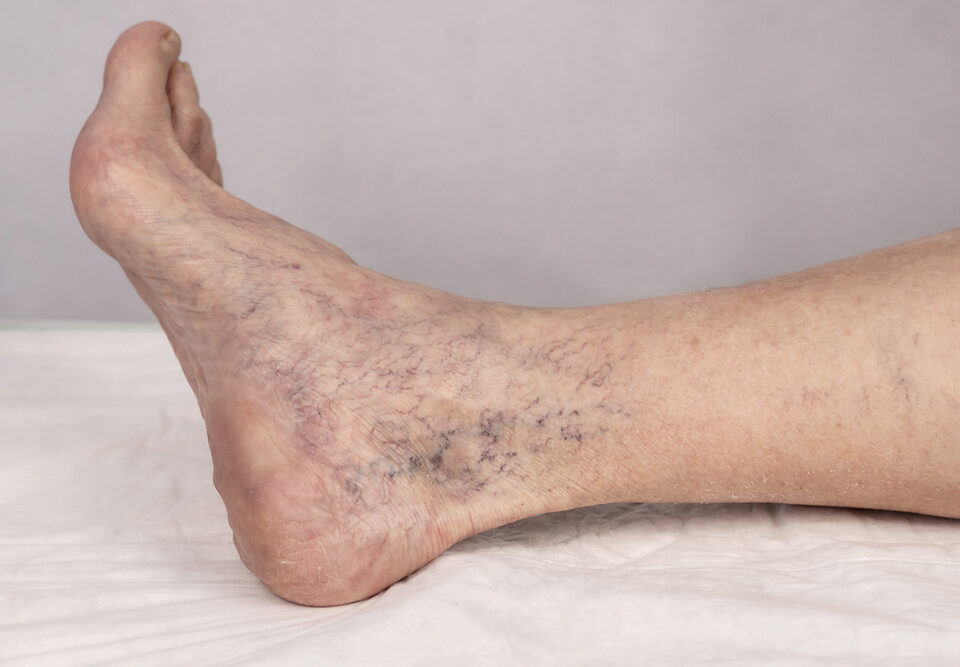During the initial days of the War on Terror, a number of journalists were “embedded” with combat units to capture the activities and ethos of our boots on the ground defenders. One of those journalists was 39-year old David Bloom, a combat correspondent with NBC news whose impressive credentials included reporting from war-torn Somalia and Bosnia. When news came out of Iraq that David Bloom had died, the world was shocked – Bloom had not died at the hands of the enemy, but from a silent enemy from within known as deep vein thrombosis. Deep vein thrombosis – DVT – is a frightening condition that can occur without warning or symptom. And while awareness has spread about DVT in the more than 15 years since Bloom’s death, the only way to prevent DVT is to know your risk and take preventive measures. Here are ways you can reduce your risk of developing deep vein thrombosis.
What is DVT?
When a vein swells, a clot can form. DVT occurs when blood clots develop in veins deep within the body, most commonly the legs. This clot is known as a thrombophlebitis which, if released or broken loose into the body, can result in a pulmonary embolism that can be life-threatening.
Who is at Risk for DVT?
Who is at risk for DVT? Quite simply, “anyone.” According to Centers for Disease Control estimates, DVT strikes more than half a million people annually, more than 100,000 of whom die as a result of DVT and pulmonary embolism. However, certain conditions or circumstances can increase your vulnerability of developing DVT; these include lung disease, cancer and certain treatments for cancer, obesity, inactivity, and heart disease to include heart failure.
Trauma or injury to a deep vein may also put you at risk for developing DVT. Elevated risks include the aftermath of surgery, particularly major surgery in the abdominal area and lower part of the body (pelvis, hips, legs); a poorly treated or unattended broken bone or fracture; and major muscle injury.
Continued blood circulation is a critical factor to prevent DVT. Risks include being confined to your bed following injury, illness, or surgery; being confined in a tight space, such as an airplane or bus, for a long period of time without moving or stretching (David Bloom was confined to an armored personnel carrier for hours before his death); limiting mobility following injury, surgery or because of a chronic condition; and sitting cross-legged for long periods of time.
Particularly for women, DVT is more likely to occur if you have recently given birth; if you use oral contraceptives, some of which can increase estrogen levels; or if you are undergoing hormone replacement treatments for menopause.
For those of us getting older or who maintain a sedentary lifestyle (not being physically active), the risk for DVT tends to increase. Rare blood clotting conditions can also increase your risk for DVT.
Reducing Your Risk for DVT
As mentioned above, some circumstances make your more likely to develop DVT. Some of these circumstances, such as growing older, can’t be avoided. But there are lifestyle changes you can make to reduce the risk your risks of developing DVT. They include:
- Losing weight if you are overweight.
- Stop smoking. There are many health risks associated with smoking, including lung and heart disease both of which increase your risk for DVT.
- Exercising or simply staying active. It’s well documented that exercise increases blood circulation and helps maintain healthy muscles. Both help reduce your risk for DVT.
- Wearing compression hose or stockings. Support hose prevents blood from pooling in your legs, especially if you are on your feet all day. Those who have been diagnosed with or are at greater risk of developing DVT often choose to don these stockings before embarking on long road trips or flying.
- Minimizing bed or chair rest following surgery or injury. As soon as allowed by your doctor or surgeon, get up, move and walk, even if only for a few steps. Repeat as often as you are able.
- During long plane flights, get up often and move. Or, exercise your calves and feet by squeezing your calf muscles and thigh muscles, then allowing them to relax. Flex your feet keeping either your toes, or your heels on the cabin floor. On long road trips, frequent stops to stretch and move are beneficial.
- Take any medications as prescribed by your doctor or surgeon. Also, speak with your doctor about medications you can take before flying or traveling.
Deep vein thrombosis can be treated, but it’s best to prevent problems from occurring in the first place. To find out more about how you can best protect yourself from DVT, contact the healthcare specialists at Premier Vein & Vascular today. Call 1-888-VEINCARE or use our convenient online appointment request form. We have offices in two convenient locations in Tampa and Largo, Florida.





